Choosing the proper residential electrical wire will ensure your electrical projects run smoothly. The available types have specific designs and parameters for all sorts of purposes.
You also don’t need to be a licensed electrician to understand how they work and which one to install.
This article explains the basics of each wire type, allowing you to make an informed decision. So let’s get started!
Table of Contents
Cable vs. Wire
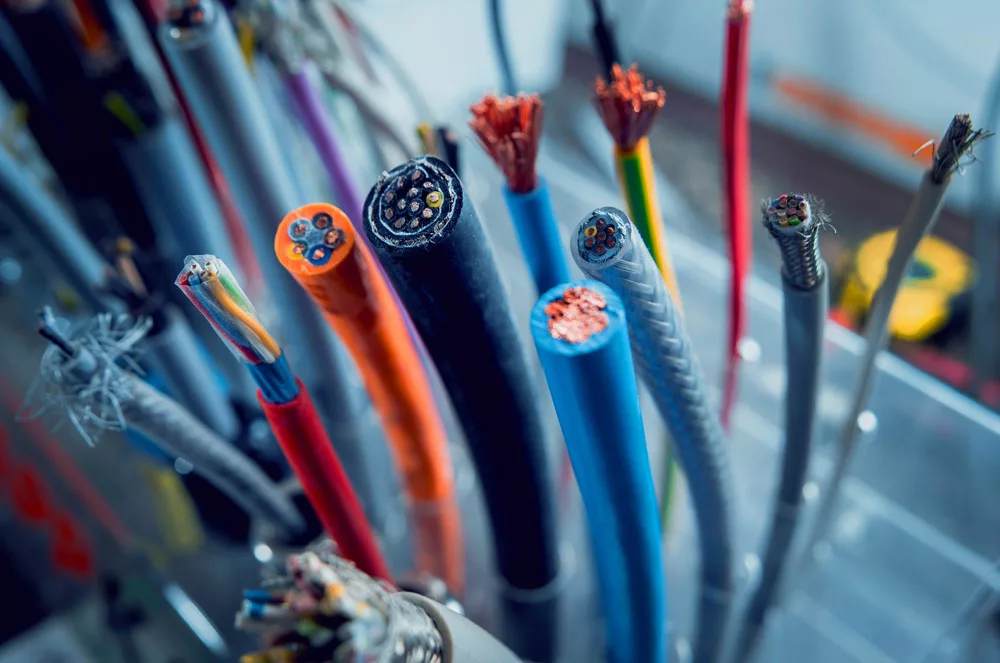
Cables have 2+ wires within an outer jacket.
An electrical cable generally has at least two wires within a plastic sheathing covered by a single jacket. Households typically utilize the nonmetallic cable type, which features a ground wire, one hot wire (minimally), and a neutral wire.
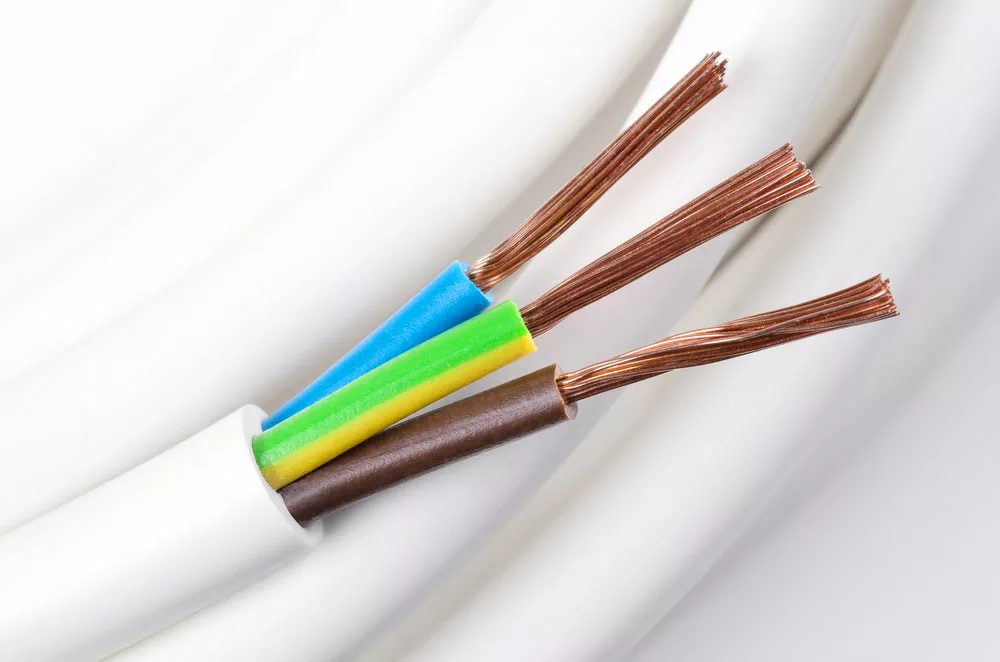
Image showing copper wires exposed from a cable.
Meanwhile, wires refer to conductive materials that allow electricity to pass through. Houses utilize copper or copper-sheathed aluminum electrical wiring. These have solid metal or stranded wire composition with non-conductive coating insulation.
Electrical Wire Types
You can purchase a few options for certain wiring projects. Keep in mind that each common type has a different wire size.
Nonmetallic (NM) Cable
A professional electrician often utilizes non-metallic cable within the home’s walls, ceiling, and floor. Varying applications include lighting fixtures, appliances, light switches, and electrical outlets. These feature 3+ single wires encased within plastic sheathing for protection. Also, the NM cable has a ground, neutral, and hot wire.
NM cables come in specific wire gauges and colors for different electrical circuits.
- 6-gauge wire (black sheathing for a 55 amp circuit)
- 8-gauge wire (black sheathing for a 40 amp circuit)
- 10-gauge wire (orange sheathing for a 30 amp circuit)
- 12-gauge wire (yellow sheathing for a 20 amp circuit)
- 14-gauge wire (white sheathing for a 15 amp circuit)
Underground Feeder

A street lamp utilizes an underground feeder cable.
Generally, an underground feeder cable carries electricity to outdoor light fixtures. These feature a copper ground wire along with insulated hot and neutral wires. It also has a solid plastic outer sheathing around the wires. Plus, professionals install these underground and in wet conditions.
However, underground cables cost more than the NM wire type due to their increased insulation rigidity.
Low-Voltage Wire
Circuits running on 50V or under have low-voltage wiring. Everyday low-power applications are ideal for this wire type, including speaker systems, thermostats, doorbells, sprinkler systems, or landscape lighting. Additionally, these wires measure between 12 to 22 gauge and have an aluminum or copper composition. Cable sheathing houses these insulated low-voltage wires, which may also consist of two wires twisted together.
Coaxial Cable
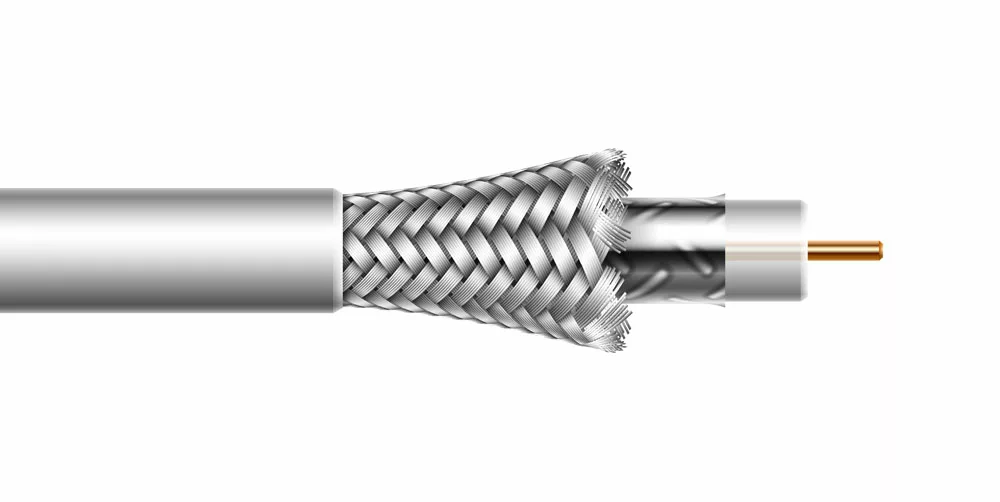
Coaxial cable illustration.
Houses utilize a coaxial cable for TV signal transmission. These deliver a cable subscription service and connect to an antenna or satellite dish. Coaxial cables have a circular shape with a copper conductor wrapped with an insulating layer. This has a knotted wire conductive shield in its surrounding. You can recognize this cable based on the threaded connectors for device connectivity.
However, it decreased in popularity due to the HDMI cable emergence. Also, the cable comes in either white or black, which differs from NM cables.
Residential Electrical Wire: Telephone/Data wire

Image showing telephone line cables.
Landlines and internet connections utilize a telephone and data wire. A telephone cable comes with either four or eight wires. Generally, a category 5 cable has eight wires in four groups.
These transmit data in a household, providing a higher quality and capacity vs. traditional phone wires. Data and telephone wiring are ideal for applications requiring less than 30V.
Residential Electrical Wire: THHN/THWN Wire
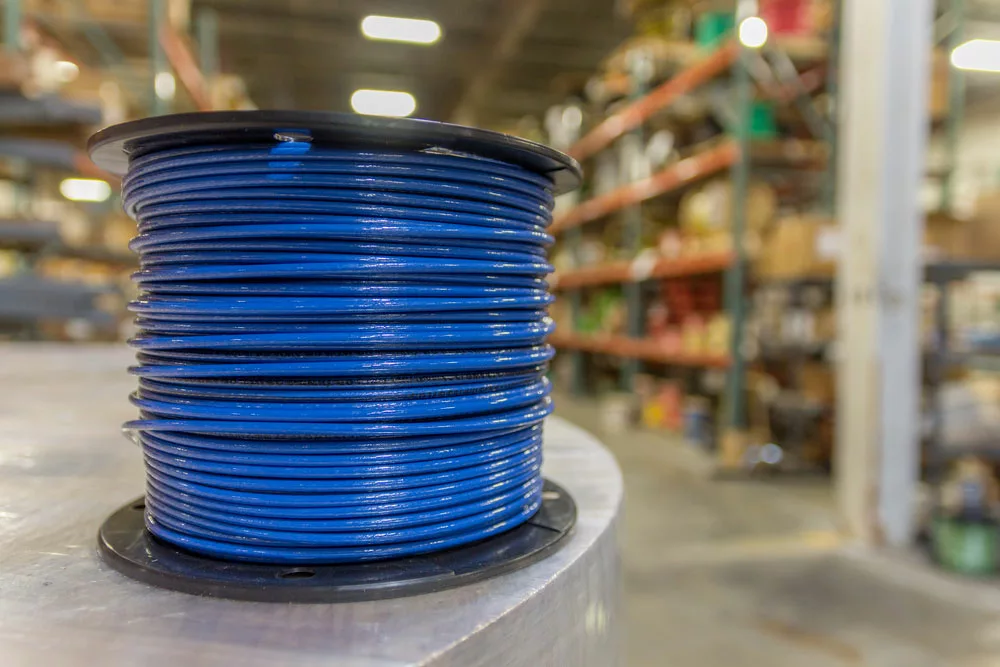
THHN cable.
THHN and THWN wires have individual conductors with specific colors that classify insulation. Additionally, a plastic conduit or tubular metal protects these wires. Professionals often utilize THHN and THWN wires for conduit purposes. Such applications include basements, garages, water heaters, and garbage disposer wiring.
You can determine the properties of the wires based on their acronym:
- T: Thermoplastic
- H: Heat-resistant
- W: Wet areas
- N: Nyon coating
Also, these wires come with colored sheathings to determine their purpose.
- Ground wires: Yellow-green, green
- Hot wires: Red, orange, black
- Neutral wires, Brown and white
Choosing A Proper Electrical Wire
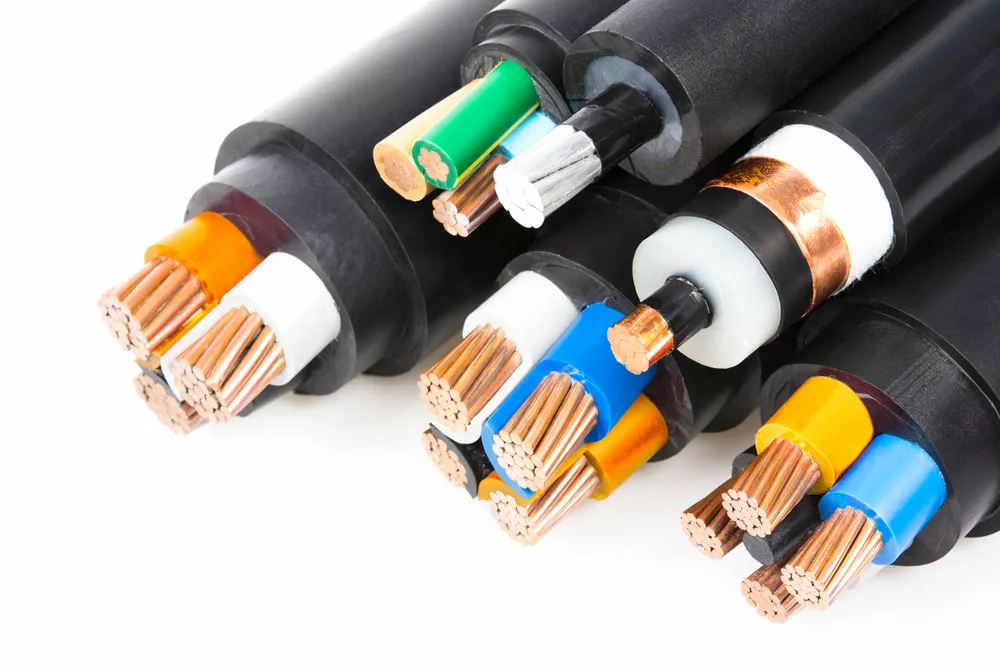
Your home will need the correct wires for proper functionality. So choose an electrical wire type based on the preferred application. If you need one for a wet location, the UF cable suffices due to the provided protection against that environment. Ensure you select the correct wires for each application and the volt and amperage ratings.
Refer an electrician if you still need electrical wire selection and installation assistance.
Summary
As you can see, selecting the correct electrical wire installation depends on its intended application. After all, each type has a unique composition, size, and build.
So avoid utilizing the wrong one, which could otherwise result in fire hazards, short circuits, or improper circuit functionality.
Do you have any questions regarding residential wiring? Feel free to contact us!
